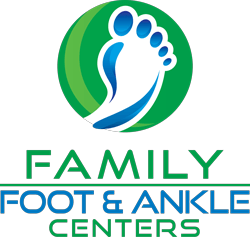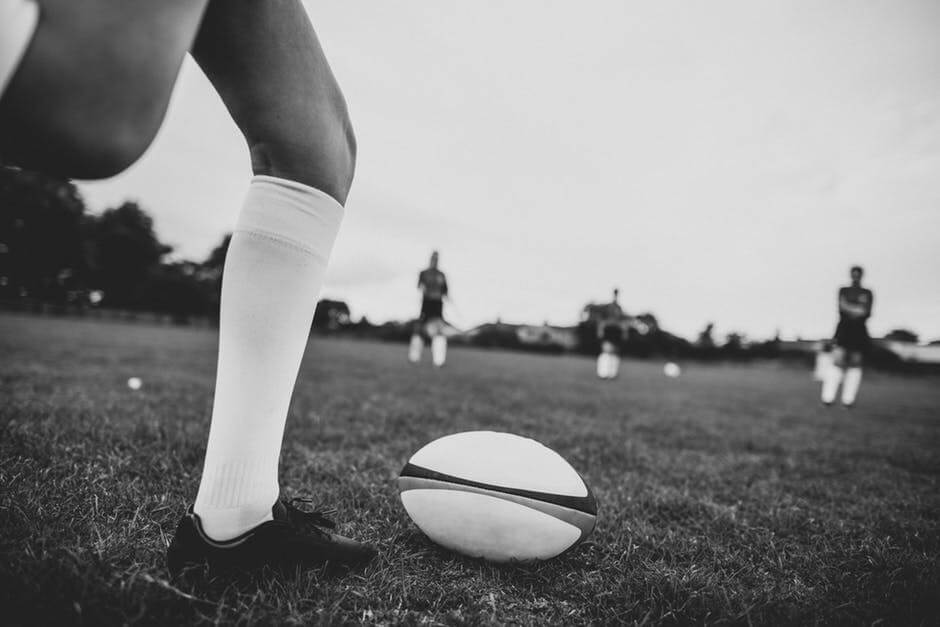5 Common Foot Injuries in Sports (And How to Avoid Them)
Foot injuries are among the most common sports injuries. In the US, more than 60,000-foot injuries occur every year resulting in lost work days. When it comes to the workplace, 75% of injuries occur when workers are not in compliance. 
Each foot has 26 bones which makes them one of the intricate areas of the body. In a day, the feet take a lot of daily abuse. This abuse originates from walking, jumping, climbing and running.
Apart from the activities above, improper footwear and sports contribute to foot problems.
Want to know more about the foot injury types caused by sports?
Here are the 5 common foot injuries caused by sports and tips to avoid them.
1. Plantar Fasciitis
Plantar Fasciitis is a condition that occurs when tissues absorb too much stress causing a strain. Plantar fascia is a band of tissues supporting the arch of the foot. When the tissues get strained, they become inflamed.
This leads to a sharp pain at the bottom of the heel. To relieve the pain, apply an ice pack. Physical therapy and lots of rest are effective too.
How to Avoid Plantar Fasciitis
Before any game, it is important to warm up and stretch your lower legs. Lack of stretching leads to tight hamstrings and calves.
2. Ankle Sprain
A sprained ankle can cause severe or minimal pain. This can make standing and walking very difficult. An ankle sprain is the most common form of foot trauma.
It occurs when a person twists their foot. This causes damage to the ligaments of the ankle. There are two types of ankle sprains:
- Inversion
- Eversion
Inversion ankle sprains occur when the foot twists inward while eversion occurs when the foot twists outward. To treat ankle sprains, follow the RICE method – rest, ice, compression, and elevation.
How to Avoid Ankle Sprains
Start with range of motion exercises to strengthen the ankle muscles and improve your balance. If you have any ankle problems, ask your doctor about taping your ankle.
3. Stress Fractures
Stress fractures affect athletes who engage in basketball, running, and tennis. The reason athletes are at high risk of stress fractures is because of repetitive stress to their ankles and foot. They are also at risk for increasing their mileage too soon or landing improperly.
A stress fracture is a small crack in the bone and can happen anywhere in the ankle or foot. The most common bones hit with stress fractures are the second and third metatarsals. Stress fractures heal on their own but the doctor may recommend wearing a medical boot.
How to Avoid Stress Fractures
Start by making adjustments to your training. It is important to do this gradually.
When changing surfaces, make the transition cautiously. Other techniques include cross training and eating foods rich in calcium.
4. Heel Spurs
A heel spur affects athletes with high arches or very flat feet. This condition results in a bony protrusion on the heel bone. It can cause extreme pain especially when walking or standing.
There are factors that contribute to heel spur. They include:
- Improper footwear
- Poor walking gait
- Running on hard surfaces
- Weight
- Age
This condition is treatable non surgically. Treatment methods include orthotics, anti-inflammatory medication, and physical therapy.
How to Avoid Heel Spurs
You can prevent heel spurs by choosing appropriate footwear, and doing stretching exercises.
5. Neuroma
If you experience numbness or tingling in the foot, then you have a neuroma. This is a foot injury brought about by a pinched nerve. What you ought to know is that there is no exact symptom of a neuroma.
But those affected experience pain between their toes when walking. There are several things that contribute to a neuroma. You have flat feet, shoe size, foot trauma, high arches or shoe style.
How to Avoid Neuroma
First, avoid wearing high heeled shoes or tight shoes for a long period of time. Second, put on athletic wear with padding.
Advanced Foot Care to Alleviate Foot Injuries
Stretching and working out to strengthen your ankle muscles prevents foot injuries. But seeking the help of an expert who offers advanced foot and ankle care is highly encouraged.
For all your family foot and ankle care, get in touch with us today. We at Family Foot & Ankle Centers will ensure you and your family are living pain-free.
The information provided in this article is not meant to be medical advice and is for educational purposes only. If you would like to learn more about topics related to podiatry, feel free to contact Family Foot & Ankle Centers by clicking here or calling 972-597-4132 to reach our Waxahachie office, 903-872-9910 to reach our Corsicana office, or 972-875-3668 to reach our Ennis office.



